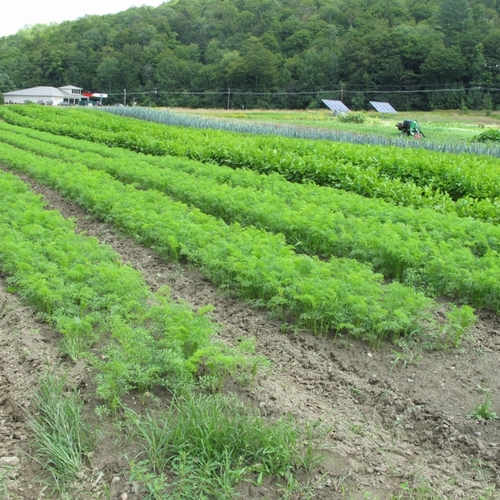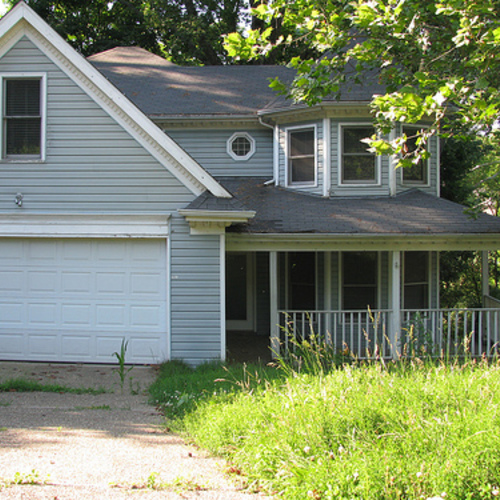
Dr. David Kessler, former head of the FDA, has written a book, The End of Overeating: Taking Control of the Insatiable American Appetite, in which he identifies some of the reasons why we crave food that unhealthy and are practically helpless to resist.
In a recent New York Times article
and on TV talk show appearances, Kessler points out that purveyors have been carefully engineering the eating “experience” to provide us with food that stimulates multiple senses simultaneously. This in turn stimulates our brains and brings our eating experiences to what he calls the “bliss point,” where the perfect combination of fat, sugar, and salt provides total satisfaction. He says chain restaurants such as Chilis create “hyperpalatable food that requires little chewing and goes down easily.”
In one interview, he discusses other experiential products such as cigarettes which have been engineered to deliver nicotine in conjunction with other stimuli, including the ritual of opening a cigarette pack, lighting it, and using smoke and heat to deliver this potent drug, creating another “bliss point” for the user.
So what does this have to do with green building?
We all have our weaknesses. Personally, mine is food. I eat reasonably well, but there are some things that I know are bad that I just can’t resist. (Go ahead, try driving past Dunkin’ Donuts and not thinking about them!) Smoking, drinking, and some other bad habits I can easily resist.
But when it comes to unhealthy, and inefficient homes, we have a much larger problem. Most of us are aware of how unhealthy some of our personal habits are, but the general public still does not understand the problems with our housing industry and what it means for a house to be healthy and efficient, or, for the sake of this discussion, green. On top of that, the housing industry— builders, remodelers, designers, magazines, and manufacturers—have helped to create buildings that satisfy our cravings but are not healthy for us in the long term. High-end appliances, granite counters, high ceilings, and oversized “starter castles”—the list goes on—fill our primal needs and bring us to our “bliss point” while being inefficient, unhealthy, and not durable. We are satisfied in the short term, but just as bad eating habits through life lead to poor health in our later years, deficient buildings are helping lead us to a damaged ecosystem, exhausted resources, higher living costs, and, in many cases, occupant health problems due to unhealthy building practices.
So what do we do?
Kessler argues that we have and must continue to go through “perceptual shifts” to change our behavior. Through a combination of regulations and antismoking marketing, many people now find cigarettes distasteful and smoking has declined among much of the population. If the American Clean Energy and Security Act is passed, the required high-performance buildings will be the first step.
Our industry is working hard to create demand in the marketplace for green homes. e need to continue this effort, working against the individual’s personal “bliss points,” making people want and appreciate more efficient, more durable homes that are good for them in the long term rather than only satisfying personal, and unhealthy, cravings.
Weekly Newsletter
Get building science and energy efficiency advice, plus special offers, in your inbox.















0 Comments
Log in or create an account to post a comment.
Sign up Log in